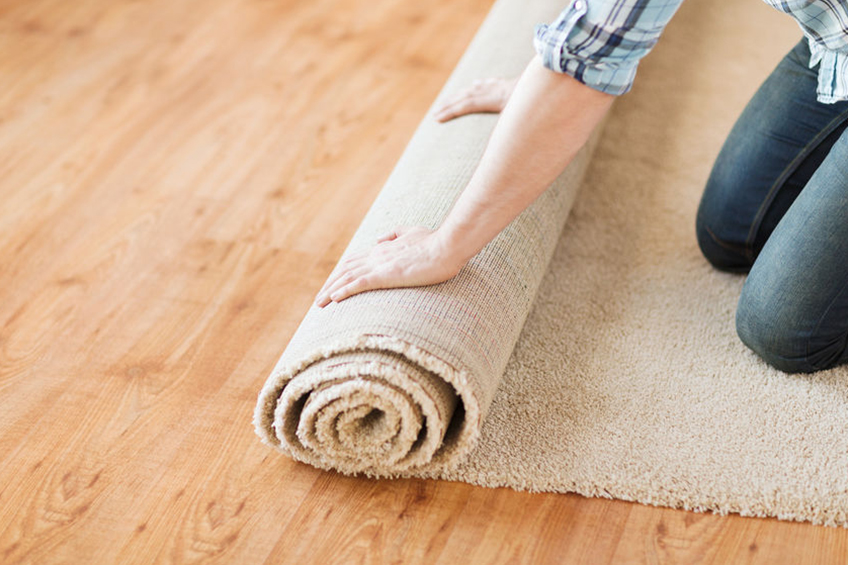How Can the Right Carpet Installation Enhance Your Home’s Comfort? Secrets to a Successful Carpet Installation
Carpet installation is a crucial aspect of interior design that can significantly enhance the look and feel of a room. Properly installed carpet not only adds warmth and comfort but also contributes to the overall aesthetic appeal of a space. Whether you are renovating your home or designing a new space, understanding the process of Carpet Installation can help you achieve the best results. In this blog, we will explore the process of carpet installation, the types of carpet available, and tips for achieving a successful installation.
Which One Suits Your Home?
The first step in carpet installation is selecting the right type of carpet for your space. There are various types of carpet available, each with its own unique characteristics and benefits. Plush carpets offer a soft and luxurious feel, making them ideal for bedrooms and living rooms. Berber carpets are known for their durability and are perfect for high-traffic areas such as hallways and entryways. Patterned carpets add visual interest to any room, while loop pile carpets provide a sturdy and resilient surface.
Securing and Seam Sealing for Longevity
Once you've chosen the type of carpet, the next step is preparing the space for installation. Start by removing any existing flooring and thoroughly cleaning the subfloor. This ensures a smooth and even surface for the new carpet. Make any necessary repairs to the subfloor to address any uneven spots or damage.
After preparing the subfloor, it's time to install the carpet padding. Padding provides extra cushioning and support, making the carpet more comfortable to walk on and helping to extend its lifespan. Choose high-quality padding that suits your carpet type and install it according to the manufacturer's instructions.
Choosing Carpets for Warmth and Style
With the padding in place, you can begin laying the carpet. Start by measuring the room and cutting the carpet to size, leaving a few inches of extra material around the edges. Lay the carpet in the room and trim any excess, making sure to fit it snugly against the walls and corners. Use a sharp utility knife for clean, precise cuts when trimming the carpet.
Once the carpet is laid out, it's time to secure it in place. Tack strips are typically used along the edges of the room to hold the carpet in place. Stretch the carpet over the tack strips using a power stretcher or knee kicker to ensure a tight fit. Proper stretching prevents wrinkles and buckling, keeping the carpet looking neat and smooth.
From Clean Subfloors to Perfect Padding
After stretching the carpet, trim any excess material along the edges and tuck the carpet under the baseboards or against the walls for a clean, finished look. Seam sealing tape or adhesive can be used to secure the seams between carpet pieces if necessary.
Carpet installation can be a complex process, especially for those without prior experience. Hiring a professional installer can ensure a flawless installation and save you time and effort. Professionals have the expertise and tools needed to achieve a perfect fit and finish.
In conclusion, carpet installation is a great way to enhance the comfort and aesthetics of your home. By selecting the right type of carpet, properly preparing the subfloor, and carefully following the installation steps, you can achieve a beautiful and long-lasting carpeted space. Whether you choose to tackle the installation yourself or hire a professional, the end result will be a cozy and inviting room that you can enjoy for years to come.

Comments
Post a Comment